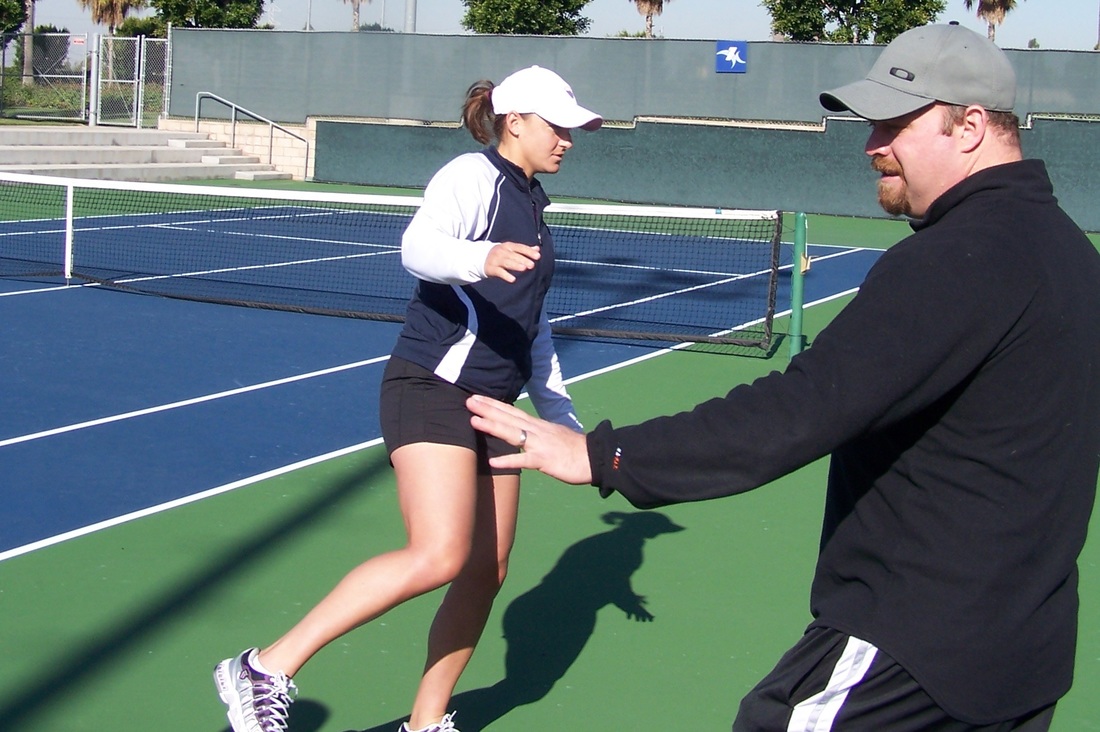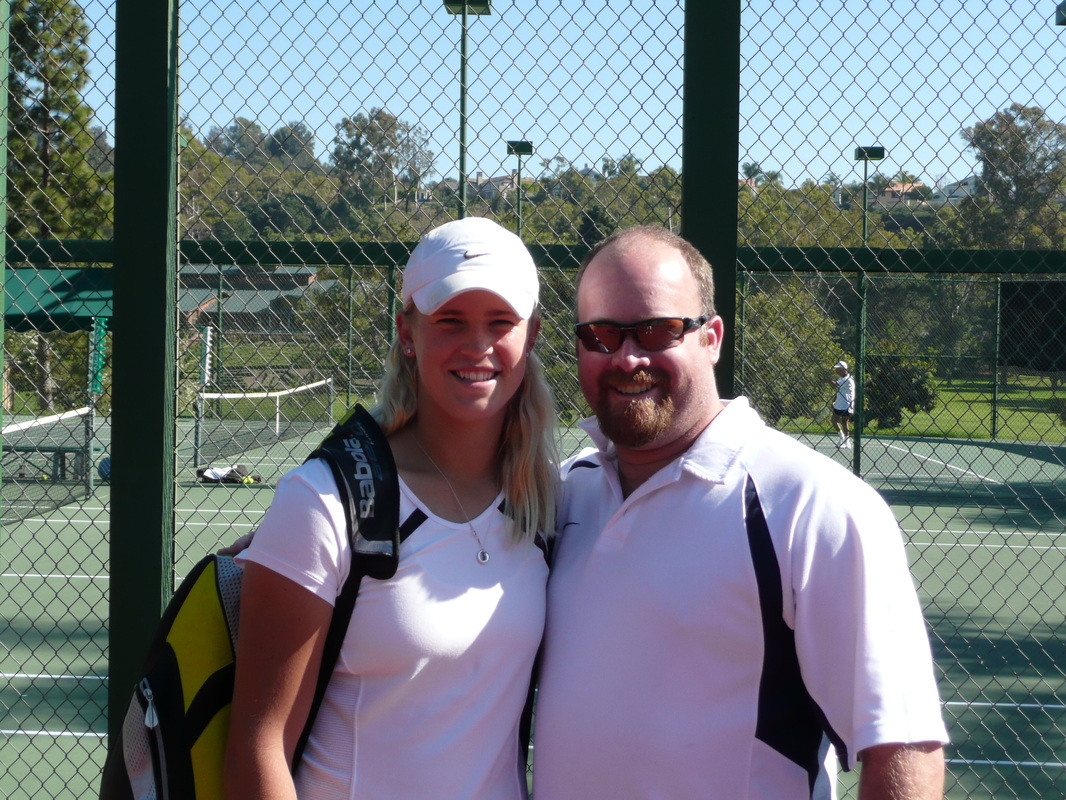Visual Performance Training Program for Position Players
THIS PROPRIETARY TRAINING NOT AVAILABLE ANYWHERE ELSE
(STGD) provides players the benefit of its experience with MLB players and teams. Our experience extends over several decades in baseball.
STGD will evaluate baseball-related vision skills, will train players with visual skills that are not optimum, will provide visual concepts and methods for using the eyes on the field, and will provide a maintenance program and follow-up during the season.
In our 40+ years of experience with MLB players, STGD has determined that only 2 to 3 hitters on each team have the exceptional quality of vision (this is not visual acuity) that allows them to see and react properly to “slight changes of speed of the same pitch.” These players typically are observed to have good timing and a high percentage of swings resulting in solid contact.
Participating position players in this program will be provided training that has proven to enhance visual-related skills that increase the player’s ability to maintain their timing with varying types of pitchers, pitches, velocities, location and types of pitch. Furthermore, only 10% of Major League Baseball players know how to time their hitting preparatory actions with the release of the ball—most are late and attempt to overcome some of this lateness with great bat speed. With all position players we will train their ability to provide a method to offset this common problem so that they can consistently see and recognize the pitch early, track and slow the ball down, see the late break and stay focused at contact.
The goal is to increase the percentage of times that a player knows they have seen the ball early, identified it accurately, slowed it down and tracked it deep to contact. Participating pitchers in this program are provided training to enhance visual-related skills that increase their ability to focus on their target. Pitchers are shown how to clear their mind from thinking too much so they can regain their visual focus, resulting in improved concentration.
“What I most learned was how to see and how to visually focus.” –
GEORGE BRETT
“I can’t say enough about how these guys have helped me!” – SEAN CASEY
“After my great results I took Carlos Delgado for the training.” –
CARLOS BELTRAN
“You will gain the edge needed to reach your goals.” – JASON GIAMBI
We provide each player a customized Vision Plan combine it with a customized Focusing Plan to provide them the appropriate process to follow before, during and after the game.
1. “How to” achieve Total Visual Focus First so that your brain is calm and your only awareness is seeing the ball or the target. When you have it there is freedom of self-monitoring and from hesitating thoughts of fear or doubt. You have total visual focus when you let it happen and absent when you try to make things happen.
2. “How to” methods to use their eyes properly offensively and defensively.
3. “How to” principles of observation to stay maximally visually alert.
4. A dependable method to increase the percentage of balls seen exceptionally well.
5. “How to clear the mind” that invariably distracts mental chatter and allows the brain to better direct the body, decreases muscle twitches and improper eye movements.
6. Though they always see the ball to some degree, we teach them “how to” see the ball in the manner that gets them into the proverbial zone.
7. Where to look, when to look and how to look in a manner that maximizes the benefit of their baseball visual skills. Specific techniques will be shown regarding seeing ball early offensively and defensively.
8. An emphasis on “quality” in which they see each ball, early and late.
9. “How to” and “how not to” see the ball early, identify it accurately, track it so well that the ball appears to slow down, and maintaining focus until securing the ball in glove or making solid contact.
10. “How to” recognize a ball earlier when pitcher throws over the top, side arm, or submarine and from left handed or right handed pitches.
11. “How to” slow the ball down and “How to” slow the game down.
12. “How to” make a visual correction that creates the desired physical correction.
13. “How to” offset the natural tendency to be in a soft focus and get in to a fine focus so they can read the seams effectively.
THIS PROPRIETARY TRAINING NOT AVAILABLE ANYWHERE ELSE
(STGD) provides players the benefit of its experience with MLB players and teams. Our experience extends over several decades in baseball.
STGD will evaluate baseball-related vision skills, will train players with visual skills that are not optimum, will provide visual concepts and methods for using the eyes on the field, and will provide a maintenance program and follow-up during the season.
In our 40+ years of experience with MLB players, STGD has determined that only 2 to 3 hitters on each team have the exceptional quality of vision (this is not visual acuity) that allows them to see and react properly to “slight changes of speed of the same pitch.” These players typically are observed to have good timing and a high percentage of swings resulting in solid contact.
Participating position players in this program will be provided training that has proven to enhance visual-related skills that increase the player’s ability to maintain their timing with varying types of pitchers, pitches, velocities, location and types of pitch. Furthermore, only 10% of Major League Baseball players know how to time their hitting preparatory actions with the release of the ball—most are late and attempt to overcome some of this lateness with great bat speed. With all position players we will train their ability to provide a method to offset this common problem so that they can consistently see and recognize the pitch early, track and slow the ball down, see the late break and stay focused at contact.
The goal is to increase the percentage of times that a player knows they have seen the ball early, identified it accurately, slowed it down and tracked it deep to contact. Participating pitchers in this program are provided training to enhance visual-related skills that increase their ability to focus on their target. Pitchers are shown how to clear their mind from thinking too much so they can regain their visual focus, resulting in improved concentration.
“What I most learned was how to see and how to visually focus.” –
GEORGE BRETT
“I can’t say enough about how these guys have helped me!” – SEAN CASEY
“After my great results I took Carlos Delgado for the training.” –
CARLOS BELTRAN
“You will gain the edge needed to reach your goals.” – JASON GIAMBI
We provide each player a customized Vision Plan combine it with a customized Focusing Plan to provide them the appropriate process to follow before, during and after the game.
1. “How to” achieve Total Visual Focus First so that your brain is calm and your only awareness is seeing the ball or the target. When you have it there is freedom of self-monitoring and from hesitating thoughts of fear or doubt. You have total visual focus when you let it happen and absent when you try to make things happen.
2. “How to” methods to use their eyes properly offensively and defensively.
3. “How to” principles of observation to stay maximally visually alert.
4. A dependable method to increase the percentage of balls seen exceptionally well.
5. “How to clear the mind” that invariably distracts mental chatter and allows the brain to better direct the body, decreases muscle twitches and improper eye movements.
6. Though they always see the ball to some degree, we teach them “how to” see the ball in the manner that gets them into the proverbial zone.
7. Where to look, when to look and how to look in a manner that maximizes the benefit of their baseball visual skills. Specific techniques will be shown regarding seeing ball early offensively and defensively.
8. An emphasis on “quality” in which they see each ball, early and late.
9. “How to” and “how not to” see the ball early, identify it accurately, track it so well that the ball appears to slow down, and maintaining focus until securing the ball in glove or making solid contact.
10. “How to” recognize a ball earlier when pitcher throws over the top, side arm, or submarine and from left handed or right handed pitches.
11. “How to” slow the ball down and “How to” slow the game down.
12. “How to” make a visual correction that creates the desired physical correction.
13. “How to” offset the natural tendency to be in a soft focus and get in to a fine focus so they can read the seams effectively.
TENNIS
|
Lorem ipsum dolor sit amet, consectetur adipiscing elit, sed do eiusmod tempor incididunt ut labore et dolore magna aliqua. Ut enim ad minim veniam.
Duis aute irure dolor in reprehenderit in voluptate velit esse cillum dolore eu fugiat nulla pariatur. Excepteur sint occaecat cupidatat non proident, sunt in culpa qui officia deserunt mollit anim id est laborum. Sed ut perspiciatis unde omnis iste natus error sit voluptatem accusantium doloremque laudantium, totam rem aperiam, eaque ipsa. |



